|
Why do you need a Tailor's clapper for quilting and patchwork? Have you heard of a tailor's clapper? Have you ever wondered what it is? And most importantly have you ever wondered if you need a tailor's clapper for quilting? The short answer is YES, you absolutely do. But let me explain a few details about my favorite quilting tool first. Here are some facts about a tailor's clapper and I answer the most frequently asked questions. 1. What is the Tailor’s Clapper? It’s a piece of wood, usually hardwood (such as maple ) used by tailors (duh) to get flat, crisp seams or creases. It is usually rounded at both ends and has often grooves along the longer sides so you can hold it easily. The tailor's clapper originated in the dressmaking world and was and still is used for nice flat seams without getting shiny from ironing. Imagine a pair of pants in a delicate material, let’s say silk. Now you iron the side seams, the result will be a seam allowance that shines through and an outside seam that's shiny too. This is every dressmakers nightmare. Not so with the tailor's clapper. 2. How is the Tailor’s Clapper used? As I mentioned before, the tailor's clapper originated in dressmaking, so of course it works perfectly for pressing your clothes, but I will explain the use of this tool here for quilting. You iron your seam briefly and then place the clapper onto your seam. The heat of the iron will be absorbed slowly by the wood so the heat stays in the fabric long enough to flatten the seams nicely, while the weight of the wood presses onto the seam at the same time. 3. What kind of wood is used for a Tailor's clapper? Tailor’s clappers are made out of hardwood. The wood has to be heavy and close-grained in order to do the job perfectly. The weight matters as well as the close-grain wood. If the clapper is to light the heat will be absorbed too quickly and ultimately your seams would not be as flat as you wish. If the tailor's clapper is made out of less dense wood, it can absorb the steam or humidity that stems from ironing which will result in breaking the tool. This is the reason why Maple is one of the most popular woods for a tailor's clapper. 4. Why you need the Tailor’s clapper for quilting? Geometrical forms, squares, triangles, circles etc. are the most popular forms used in patchwork and matching seams and corners are essential. Pressing is key for patchwork to get nice matching corners and seams. Most importantly pressing without steam and pressing with moderate heat or shorter pressing times. If you leave your iron too long on your fabric, in order to flatten those seams with several layers of fabric, you might discolor your fabric and ruin all of your beautiful quilting work. That's where the tailor's clapper is the perfect tool. You just leave it on your seams after you pressed briefly and let the wood do the trick. 5. Do Tailor's clappers work? You decide for yourself, have you ever seen flatter seams? I have to admit, can not live without my tailor's clapper. It is one of my absolute favorite tools. The seams are almost as flat as if it was just one layer of fabric, which makes joining quilt blocks and segments a breeze. You will find the palm tree quilt block pattern here. 6. The tailor's clapper and Foundation Paper Piecing Especially with Foundation Paper Piecing flat seams are key to precision and accuracy. You might say, why not just iron those seams? And yes you are right, but first of all you cannot iron with steam, as this may distort your paper, or dissolve the ink on your pattern and stain the fabric. And second, you can’t iron for too long, because it might discolor your fabric. But you need nice and flat seams, in order for your blocks to fit together perfectly. This is why the tailor’s clapper is the most perfect tool. As I mentioned before, you iron your seams quickly and then place the clapper on top. That way the heat of the iron is ‘trapped’ under the clapper long enough to nicely flatten your perfect seams. Tipp for joining segments: Sew two segments together acording to the pattern. Remove the paper ONLY from the seam allowance and press with a hot dry iron quickly, then leave your clapper on the seam for a few minutes till the fabric cools off. I actually use that time to sew the next segment :-) You will get the nicest and flattest seams ever. 7. What's the average size of a Tailor's clapper? The most common size for a tailor's clapper is about 2"-3" wide and about 8"-12" long. This will work perfectly for most quilt block sizes. Happy clapping....ahhh sewing :-) 8. Can I make my own Tailor's clapper? You absolutely can make your own, if you wanted to. Here are some good instructions to do so. But these Tailor’s clappers are also available online from many stores, form Amazon, Nancy's Notions to Etsy. Shop palm tree pattern here. Ingrid xx
0 Comments
Travelling inspires ... We spent spring break in Africa last April. Marocco to be exact and Marrakech to be even more precise. We're very lucky, it's not far from here to travel to, and it's one of my favorite places on the planet. We always stay right in the middle of the Medina in a Riad. Just writing about it makes me miss it again, and I can hear the sounds and smell the scents... ahhh, it's nothing short of amazing. The city of Marrakech is surrounded by the Atlas mountain range and the desert. Therefore you'll find many camel riding and desert tours. The first time, we stayed at an Oasis outside the city many years ago, inspired me to design my camel quilt block pattern. This time, I added some other African animals to my animal series, the elephant family. These are some of my favorite quilt block patterns ever. They are not only fantastic for all sorts of quilted items, such as pillowcases and table runners, but they will look fantastic as a wall hanging as well , in any room really. I get asked all the time, what other ways, besides the ones mentioned above, there are to use these blocks, well I thought the elephants would be perfect for fabric baskets... tadaahh (almost the sound of an elephant, right ?) For some reason they suit the round form of the basket, don't you agree? As you can see, there are many ways to use these baskets, I'm using mine in the bathroom for towels and hair stuff, but the possibilities are endless.
You will find the pattern for the baskets here.
Chosing fabric for your quilting projects can sometimes seem overwhelming
and will and should take some time and consideration. Not knowing where to start holds you back from doing it at all? Sounds familiar? I have been there. You enter a fabric store and the selection is so stunning and colorful, you don't even know where to start? And you love everything you see and want to buy it all? Trust me... been there , done that... But it doesn't have to be that way. Look at it like shopping for a pair of shoes, the ultimate fun right ? You get to browse the stores, try out shoes, imagine yourself in them, and finally find the perfect match. They look good, fit perfectly and aren't too expensive :-) It's the same with fabric, since you will likely invest quite some time in your sewing project... your fabric will be your foundation and it should be a great fit. 1.) First of all, there's two ways to shop for fabric one: in your favorite local fabric store or two: online. Depending on your experience your local fabric store is definitely the best choice as a beginner. You can touch the fabric and ask the store owner/ sales clerk for help as well. You can admire the colorful shelves, pull out fabric, place them next to each other. Find pre-coordinated bundles of different designers and get tons of inspiration. If you're more experienced you will also enjoy online shopping , you probably know some fabric designers and their lines, you have a pretty good sense of what you're looking for? Perfect, that makes online fabric shopping so much easier. I personally prefer fabric shopping in a fabric store. There's nothing like actually touching fabric and laying it out together to see if the choices 'feel' good together. A personal tip for either way of shopping : take your time and enjoy the process. 2.)The next step is looking at your pattern. What do you want to achieve? Something fun and colorful, or something classy ? What occasion is it for? What look do you want to create? Modern, whimsical, romantic? Who is the quilt or quilted project for? What colorways do you like? It's always good to think about this in advance, it saves you from confusion in the store or online and also from spending too much or too little because you're getting overwhelmed. Kind of like knowing whether you need boots or sandals, and whether you need them for hiking or a wedding :-) Here's an example: I colored my Chinese New Year quilt patterns in two different colorways. (btw. each one of my patterns has a coloring page for you, so you can try out different options for yourself and can see beforehand which way you want to go.) Warm colors and more traditional for Chinese New Year, or cool and crisp and more unique for the occasion.
I went for the warm and traditional version,
probably cause those are also my favorite colors of all times.
3.) The third step will be combining fabrics of the desired colorway.
This doesn't mean using all of them, certainly not, but it gives you a good look at all the different options. It also shows you which prints or solids will work fine and which ones won't work at all. This process is essentially the same in a fabric store. We all have favorite colors and/or favorite print patterns. There are solids, small scale prints, large scale prints, flowers, paisleys, stripes or the cutest little novelty prints, the choices seem and are endless. So most importantly trust your taste. Build your fabrics around a certain colorway or a focal print or both. (eg. in the photo above, the two larger scale flower prints carry all the colors of the solids and small scale prints around them) As a total beginner you can always start out with bundles of fabrics. These are pre-coordinated by designer, collection or color and make it very easy to start out with your project. Here are two finished versions of theballoon lantern pattern. As you can see, you achieve completely different results of the exact same pattern just with the fabrics. 4.) For Foundation Paper Piecing it is quite important to work with contrasts, otherwise the colors will blend in with each other too much, and the pattern and most importantly your work will not be as noticable.... something I had to learn the hard way :-) There were quite a few quilt blocks, that I started and never finished because the contrast wasn't enough and it just looked really bland.... So which ever way you start out, or coordinate your fabric, pick what you like, because you're the expert of your taste .... and have fun with it, there's hardly anything as nice as fabric shopping..... except maybe shoe shopping :-)
PS: If you want to enjoy news or coupons for pattern releases, sign up for my newsletter.
Spring is in the air and Easter around the corner, I want to introduce you to my new Easter Egg quilt block patterns. These are really easy and fun to make and will be perfect for using up all those leftover fabric scraps you've probably been keeping somewhere in a box or bag for a later use. Let's get to using some of your cutest scraps. I like to color coordinate my eggs, but its entirely up to you, you can also make some really colorful eggs as well, or mix and match just two colors in one egg, or use solids, or just stripes or flowers, the possibilities are endless. Let your creativity run wild. This Easter Egg pattern consists of three different egg styles. Fabric requirements per 6"x 6" finished quilt block: - for the background fabric: aprox. 10" x 10" piece of fabric - for the eggs any fabric scraps you have left over ( 12 pieces abt 2"x 3" ) These three different egg versions are so versatile and make it super fun to use those small fabric scraps. If you want, you can use some cute novelty prints and fussy cut them into the eggs for a little more excitement. You could make some 'I spy' Easter egg place mats for your Easter meals. Wouldn't that be super adorable? Of course a table runner would be equally fantastic. Let's make one egg together.... I'm going to show you how to make one of the eggs. I'm choosing orange, since I have quite some orange scraps leftover and also because I haven't made an orange egg yet. The egg block size is going to be 6"x 6" (plus 1/4" seam allowance so it will be a 6"x 6" finished block) and it's really quick and easy to make. A whole bunch of orange fabric scraps and the cut out pattern segments, that's all I need for the kaleidoscope egg version. Fabric requirements are : - 10"x 10" fabric for the background - and 12 little scraps of 2"x 3" There are 4 segments in this pattern. Sew up each segment as you would in any foundation paper piecing pattern. If you're new to foundation paper piecing, there's a tutorial with step by step pictures here on my website, or a detailed video tutorial here. I think I will be making a rainbow Easter egg table runner and will keep you all posted on the details. For now you can enjoy these colorful eggs and decide for yourselves what to make out of them. Happy Easter to all of you. xo
The wildfires are devastating,
with images of burning forests and dying animals, we feel helpless. We want to do something, but we’re not sure how. Here's what we found helps the most at the moment: DONATION Many of the emergency relief services have said the best option right now is cash. The money can then be directed to those who need it, and it doesn’t require storage like physical items. Please be aware as usual – unfortunately there are quite lot of scams at the moment for fundraising – so do your research when choosing who to donate to. That beeing said... I have designed a koala pattern and 100% of the proceeds throughout January 2020, of this cute pattern will be donated to @therescuecollective www.therescuecollective.com to help support their amazing rescue efforts in Australia.... Renate Kämmer @rlebt has been helping for days now to raise awareness, and her work is amazing! Thank you sooo much Renate. If you were thinking of making a koala quilt block, koala pillowcase, table runner, back pack or whatever else, now is the perfect time.... In case you want to help, but would like a different pattern, there are many other pattern designers out there, that support this cause ... Check out the following accounts on Instagram if you're interested. @quietplay @quiltdesignduo @corinne.sovey @sewquirky They are donating all or some of their proceeds towards the wildlife rescue. Here are some of the fantastic quilt blocks that so many people made with my Koala pattern.... (Feb 2020: we were able to raise over 1,000 Euros for The rescue collective... How amazing is that? Thank you sooo much everyone who participated in this effort ) 
@twinklyhelterskelter |
Author
Ingrid Alteneder Archive
March 2022
Categories
All
|
-
Shop
- New patterns
- All Patterns
- Appliqué Patterns
- Animals
- Baby
- Ballet
- Bear Cottage
- Beach/ Boats/ Nautical
- Buddha/ Mindfulness
- Chinese New Year
- Christmas
- Easter and Spring
- Fairytale
- Fall/ Autumn
- Flowers, Trees and Plants
- Food/ Drinks
- Halloween
- Oktoberfest
- Quilted items
- Stars
- Viva la Frida/ Dia de los Muertos
- Valentine's Day
- Village Patterns
- Mixed pattern
- Home
- About
- Blog
- Publications
- Etsy
- News
- Deutsch
-
Shop
- New patterns
- All Patterns
- Appliqué Patterns
- Animals
- Baby
- Ballet
- Bear Cottage
- Beach/ Boats/ Nautical
- Buddha/ Mindfulness
- Chinese New Year
- Christmas
- Easter and Spring
- Fairytale
- Fall/ Autumn
- Flowers, Trees and Plants
- Food/ Drinks
- Halloween
- Oktoberfest
- Quilted items
- Stars
- Viva la Frida/ Dia de los Muertos
- Valentine's Day
- Village Patterns
- Mixed pattern
- Home
- About
- Blog
- Publications
- Etsy
- News
- Deutsch
|
Visit us at
|




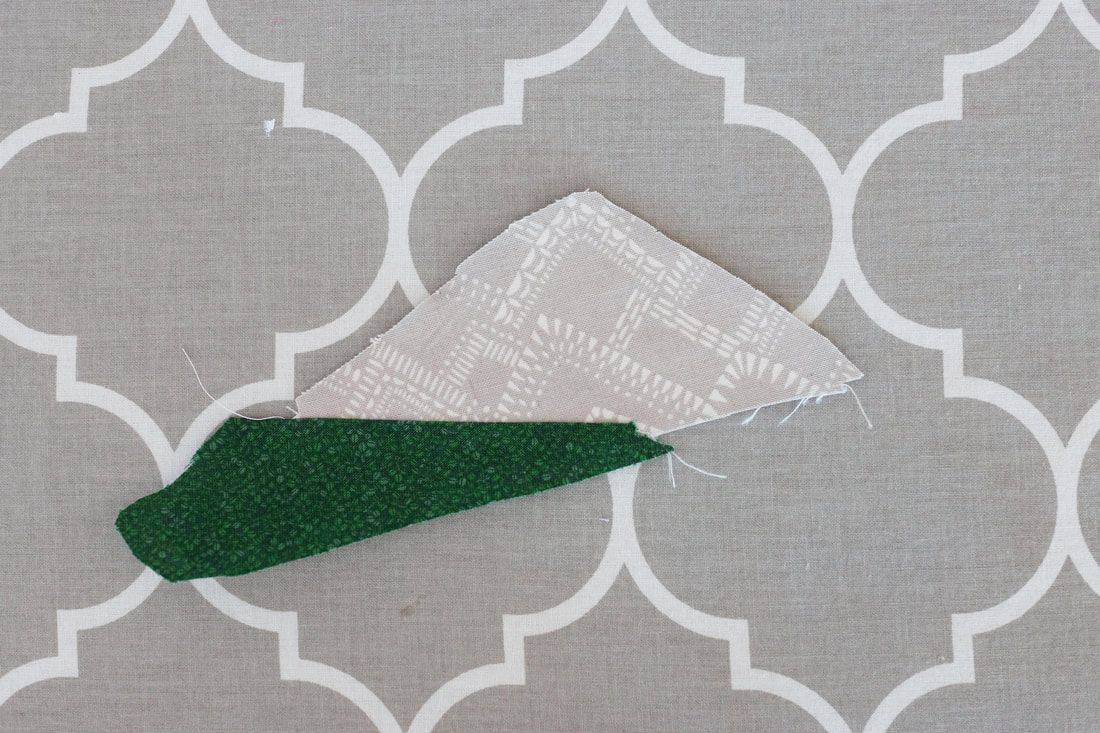



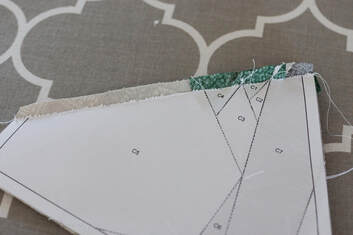

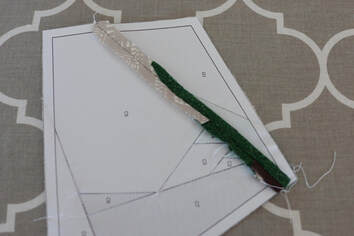












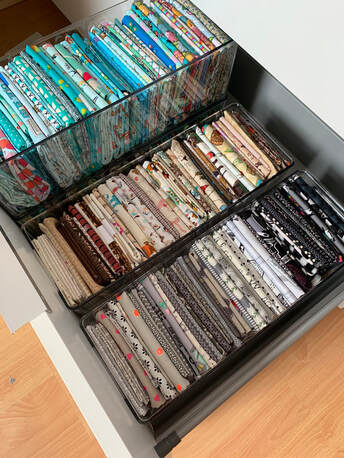






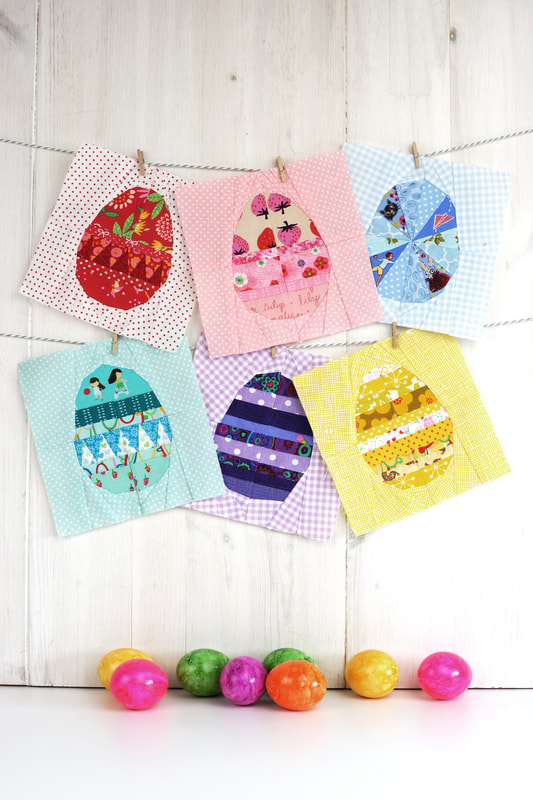




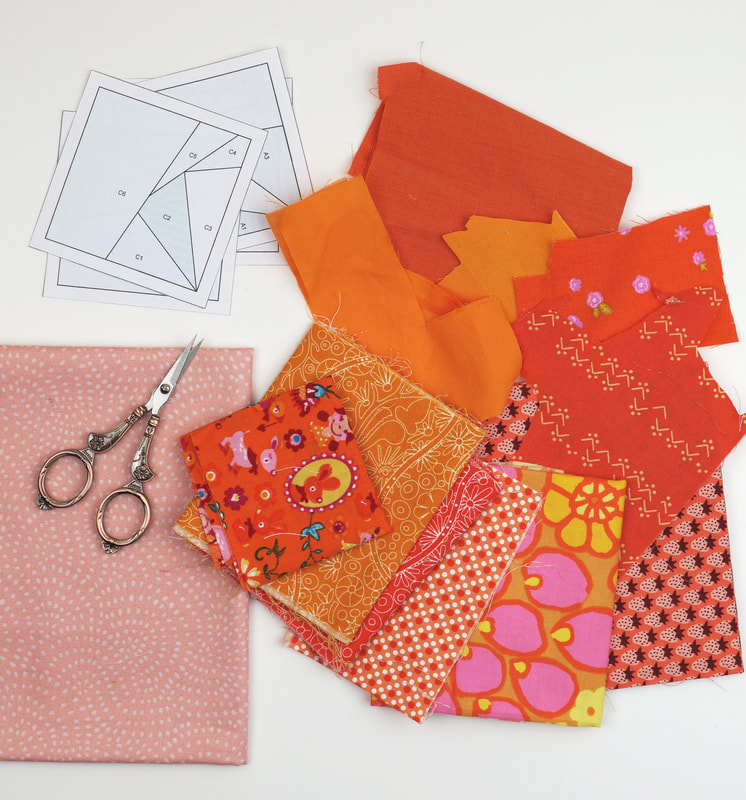


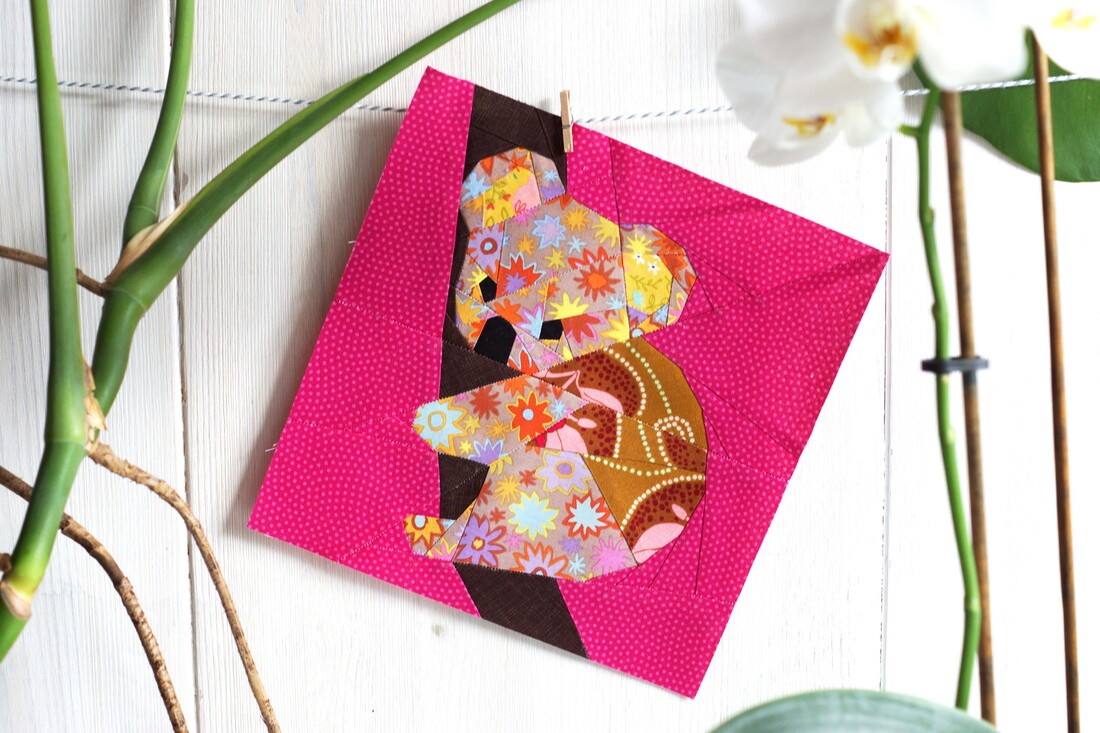




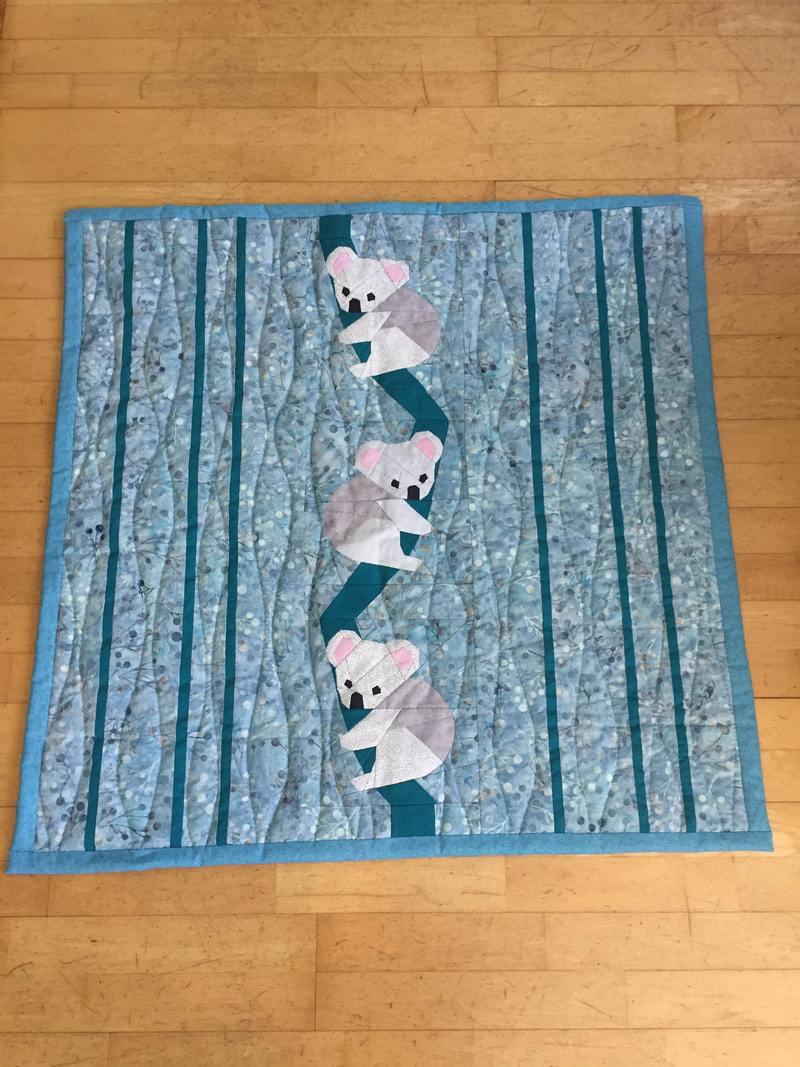





 RSS Feed
RSS Feed
